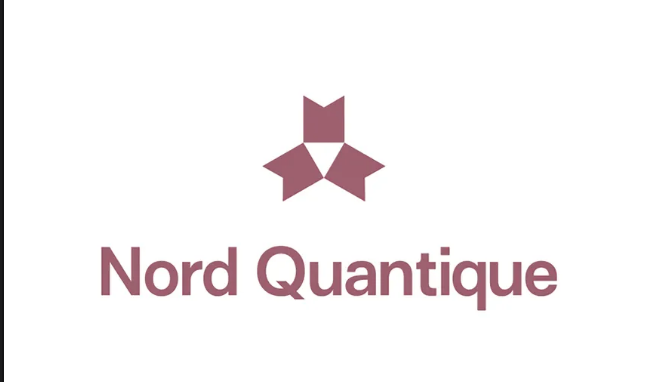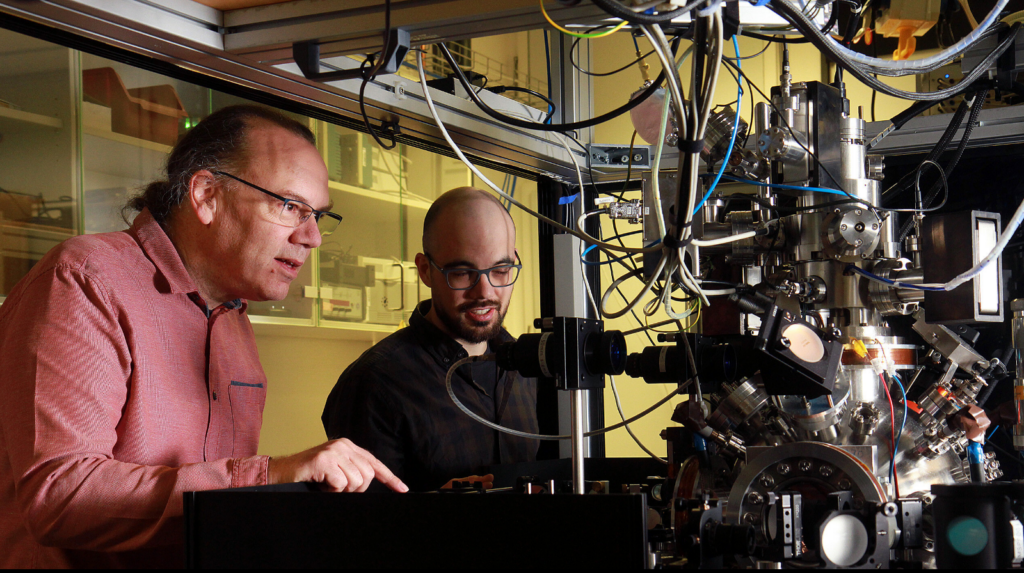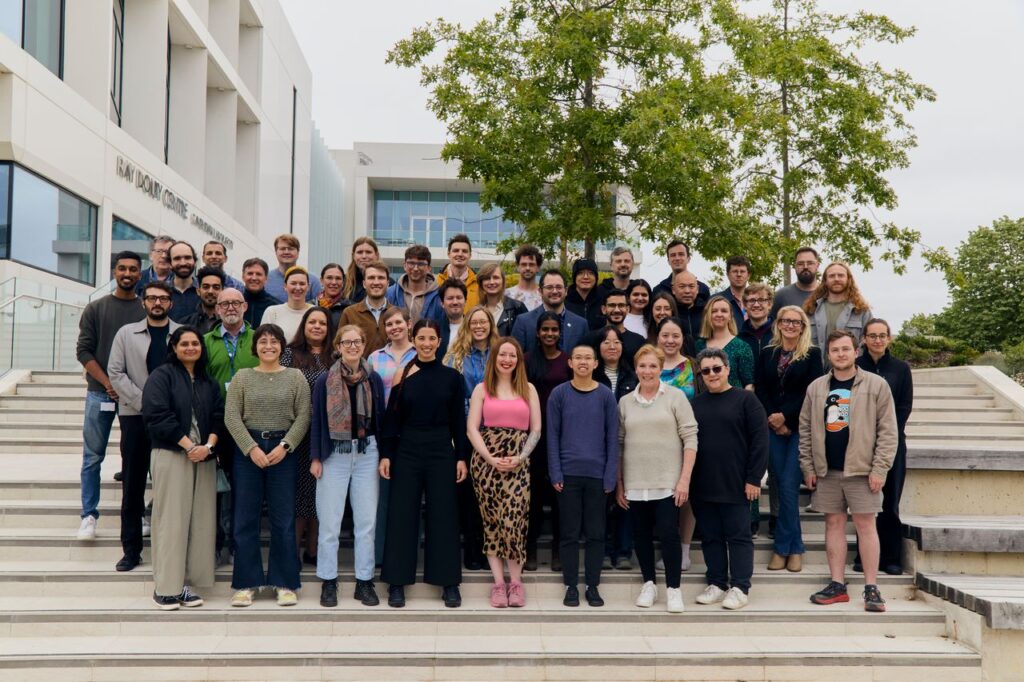Insider Brief
- Over 30 researchers from JPMorganChase, NVIDIA, Google, NASA, Terra Quantum, and top universities co-authored a comprehensive review of tensor networks in Nature Reviews Physics.
- The paper outlines how tensor networks—mathematical tools for representing quantum systems—are enabling progress in simulation, error correction, and hybrid quantum-classical AI.
- The authors propose a strategic roadmap for scaling quantum technologies using tensor networks to unlock practical and responsible quantum computing.
PRESS RELEASE — Over 30 researchers from JPMorganChase, NVIDIA, Terra Quantum, Google, NASA, Quantinuum, and leading universities, have co-authored a landmark review on tensor networks, a foundational mathematical framework in quantum computing.
The paper “Tensor networks for quantum computing”, published in Nature Reviews Physics, presents a strategic roadmap for unlocking practical quantum capabilities and fostering responsible innovation.
“This review represents a strategic blueprint shaped by the world’s leading quantum experts. At Terra Quantum, we believe that solving the most complex challenges requires collective intelligence and close collaboration between academia, industry, and policy makers.” said Markus Pflitsch, CEO and Founder of Terra Quantum. “Tensor networks have long been a strategic focus for us, and we are proud to be part of this significant advancement in the field.” adds Dr. Michael Perelshtein, Global Director of Advanced Technologies of Terra Quantum.

Tensor Networks: The backbone of hybrid quantum-classical progress
Tensor networks are efficient representations of quantum states in high-dimensional many-body systems.
Once considered abstract mathematical tools, Tensor Networks now underpin key advances in:
• Simulating quantum systems beyond previous limits
• Designing quantum circuits
• Reducing noise and improving quantum error correction
• Enhancing quantum machine learning models with efficiency and interpretability
A Roadmap for hybrid quantum innovation
Beyond offering a deep technical reference, the paper outlines a strategic path forward of how tensor networks will play a vital role in scaling quantum systems, enabling fault-tolerance, and combining classical AI with quantum devices. The joint effort features contributions from Caltech, Université de Sherbrooke, University of Jyväskylä, and the University of British Columbia, among others.
The full paper is available in Nature Reviews Physics: https://www.nature.com/articles/s42254-025-00853-1
Contributing paper authors
Aleksandr Berezutskii, Minzhao Liu, Atithi Acharya, Roman Ellerbrock, Johnnie Gray, Reza Haghshenas, Zichang He, Abid Khan, Viacheslav Kuzmin, Dmitry Lyakh, Danylo Lykov, Salvatore Mandrà, Christopher Mansell, Alexey Melnikov, Artem Melnikov, Vladimir Mironov, Dmitry Morozov, Florian Neukart, Alberto Nocera, Michael A. Perlin, Michael Perelshtein, Matthew Steinberg, Ruslan Shaydulin, Benjamin Villalonga, Markus Pflitsch, Marco Pistoia, Valerii Vinokur, and Yuri Alexeev.


















